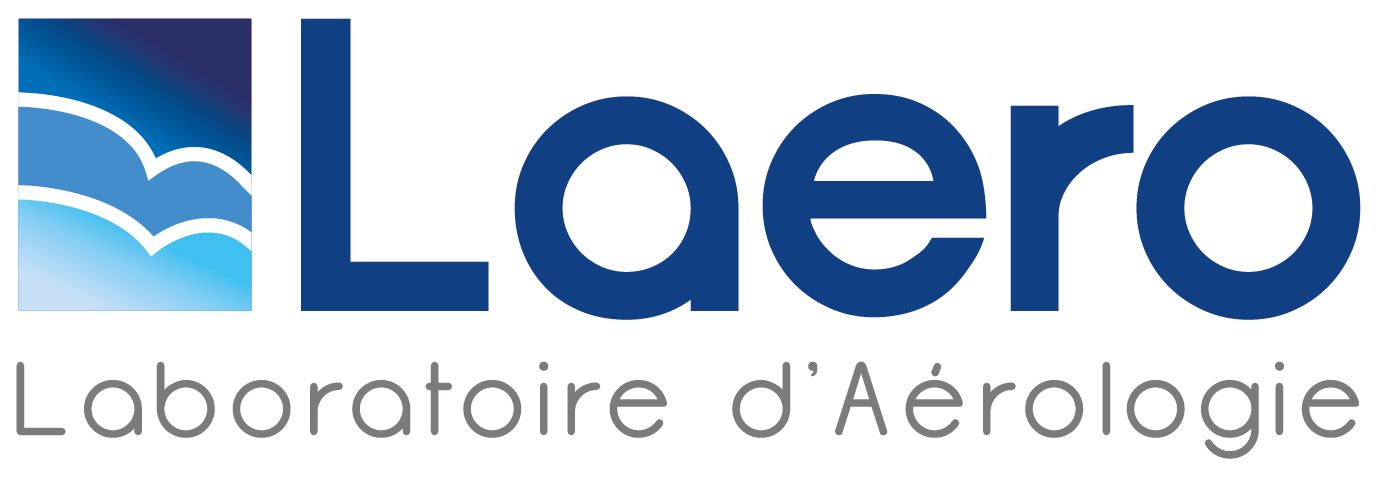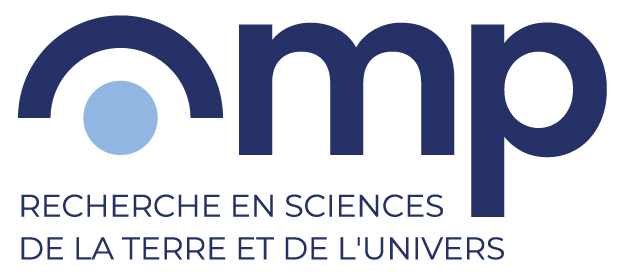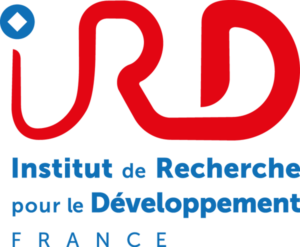Présentation des premiers résultats du projet ADRIMED (Aerosol Direct Radiative Impact in the Mediterranean)
The Mediterranean region has been identified as one of the most prominent “Hot-Spots” in future climate change projections with a substantial precipitation decrease and warming. Presently, most of climate simulations have been conducted from Global Climate Model (GCM) limiting their capability to capture mesoscale features and thus the confidence we can have in results produced over such complex regions, especially concerning the influence of the various (mineral dust, smoke, sea salt, pollution) aerosols that modify its radiative budget.
The general goal of the ADRIMED (Aerosol Direct Radiative Impact on the regional climate in the MEDiterranean region) project is to assess the impacts of the direct and semi-direct radiative effect of aerosols on the regional climate of the Mediterranean. The ADRIMED project is part of the international ChArMEx (the Chemistry-Aerosol Mediterranean Experiment) program and based on an integrated approach combining an intensive experimental field campaign over Western Mediterranean during summer (June-July) 2013, including surface (at two stations : Lampedusa and Cape Corsica), aircrafts (ATR-42 and F-20 aircrafts) and spaceborne observations, associated with meso-scale to regional climate modeling.
The in-situ observations of mixed aerosols obtained from surface, aircraft and remote-sensing measurements, in terms of microphysical, chemical, optical properties and vertical structures will be presented as well as first comparisons with 3-D modeling. The radiative impact estimated at local and regional scales as well as the possible influence of aerosols on the hydrological cycle will be presented.






